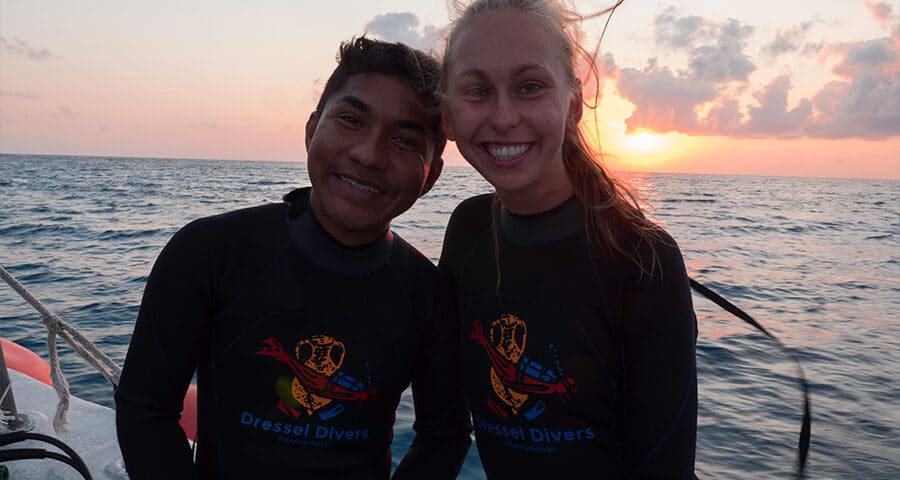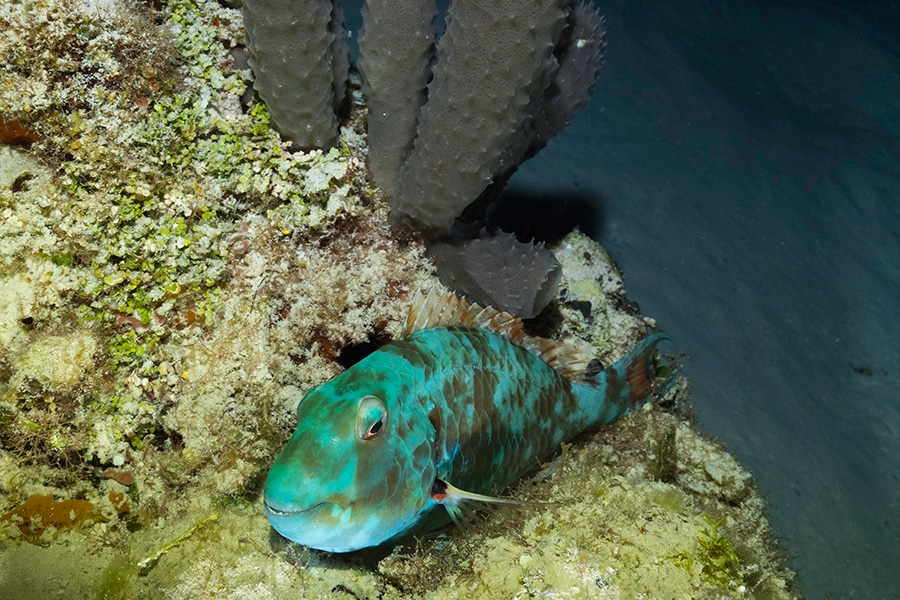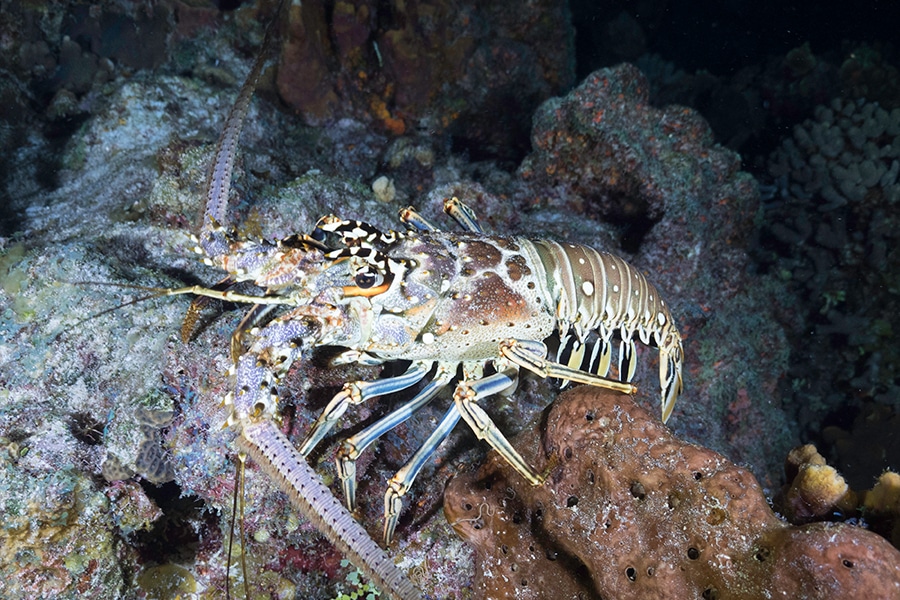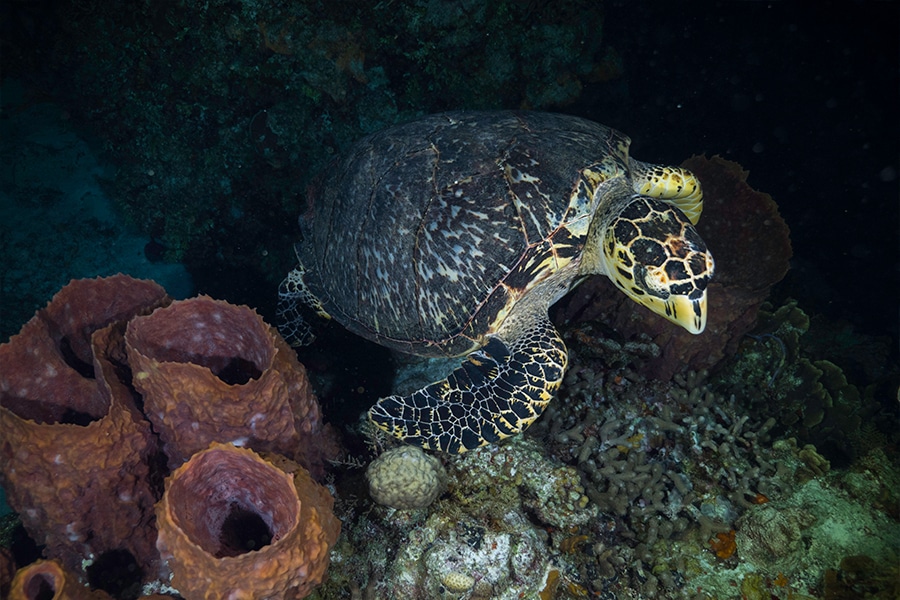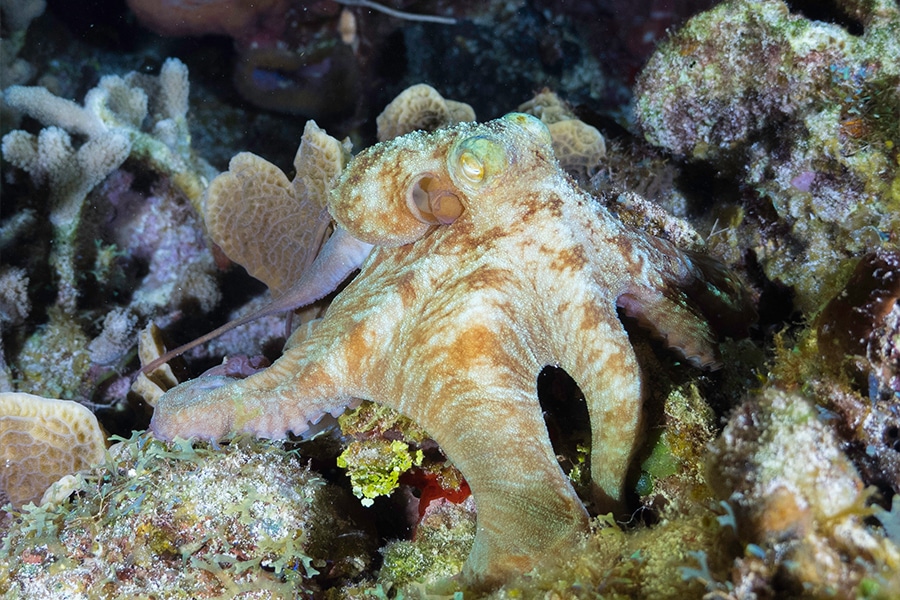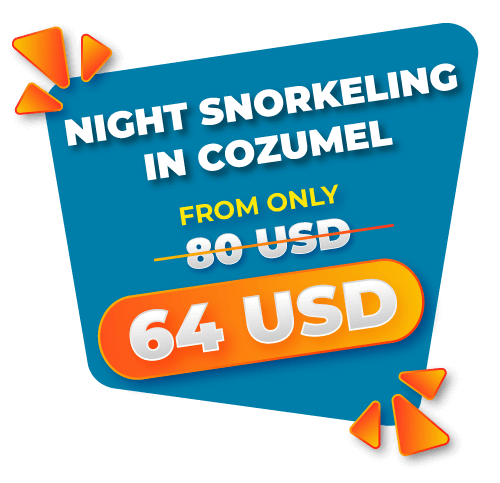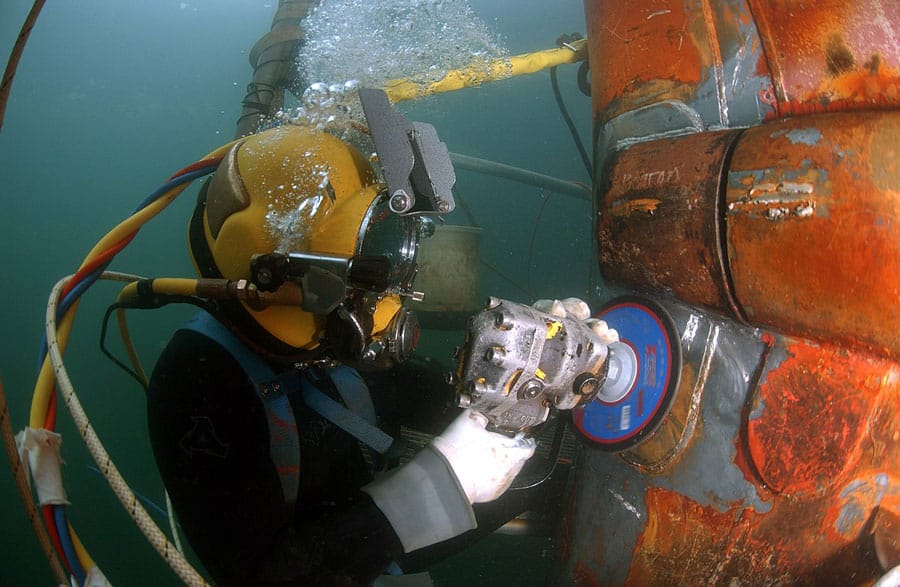1. Why Night Snorkeling Is So Special
Night snorkeling under the starry sky is a magical experience that leaves a lasting impression on those who dare to venture into the darkness. When the sun sets, the ocean takes on a new life. With the help of underwater flashlights, night snorkelers witness a fascinating spectacle of colors and shapes. Corals and marine creatures seem to come to life under the dim light, revealing details that might go unnoticed during the day.
During our numerous snorkeling at night excursions in Cozumel, we’ve had the chance to witness truly amazing things. One of the main reasons for venturing into night snorkeling is the opportunity to observe a diversity of species that aren’t active during the day. Imagine encountering the stunning and rare splendid toadfish of Cozumel, when night snorkeling there. These creatures are only found on the Mexican island and are quite shy. But this is just one example of what you might discover on these nighttime excursions.
From squirrelfish and octopuses to lobsters and shrimps, marine life takes on a new energy under the ocean’s nocturnal blanket. While during the day, you might be lucky to spot stingrays and nurse sharks, they prefer to hunt in the darkness of night.
Meanwhile, parrotfish seek shelter within protective bubbles and appear as exposed gems in showcases, lobsters emerge from their hiding spots in search of food, octopuses swim freely, and plankton becomes bioluminescent. Additionally, the brightly reflective eyes of some shrimps can offer you a unique spectacle as they peek out from the reefs or rocks.
But not only marine creatures become more active at night, corals also reveal their splendor in a dance of colors and shapes. Often closed during the day, corals extend their polyps (mouths with small tentacles they use for feeding.)
Furthermore, if you’re lucky, as we were in Bayahibe collaborating with Fundemar, you might witness the brain coral spawning phenomenon, where brain corals released clouds of eggs and sperm in our presence, creating an almost magical spectacle under the nighttime waters.
Not to mention the intensity of coral colors, which take on a surprising vibrancy under the direct light of your flashlight.
Moreover, snorkeling at night brings a unique sense of freshness. The atmosphere is usually quieter, with fewer people around, adding a touch of exclusivity and peace to the experience.




